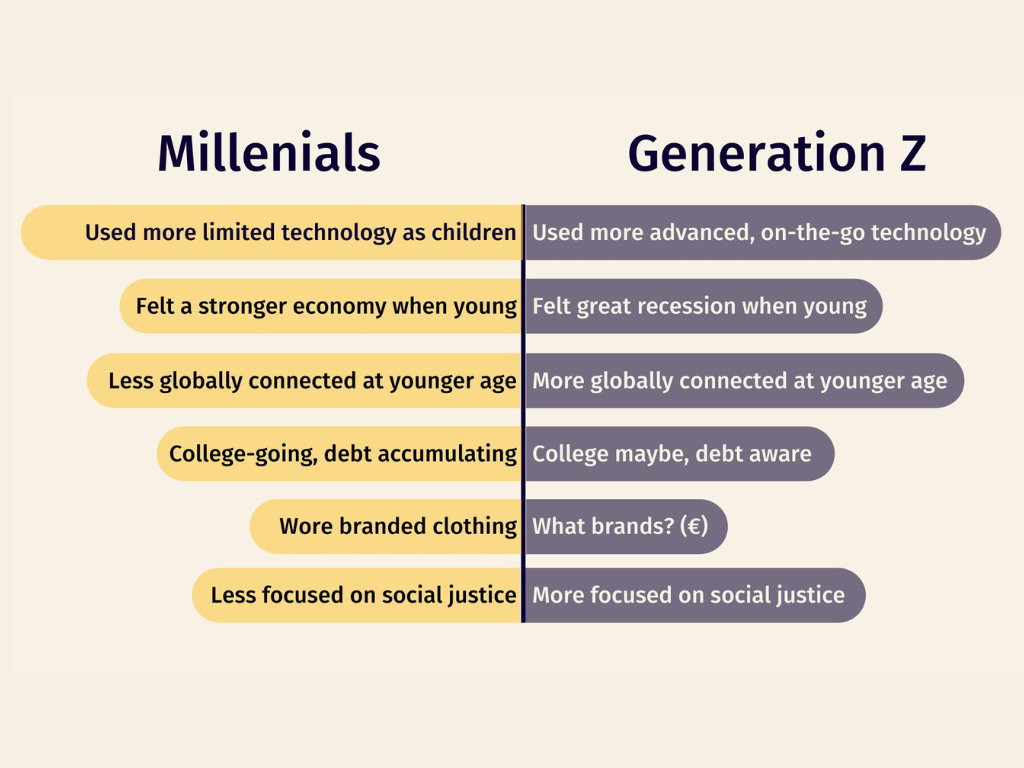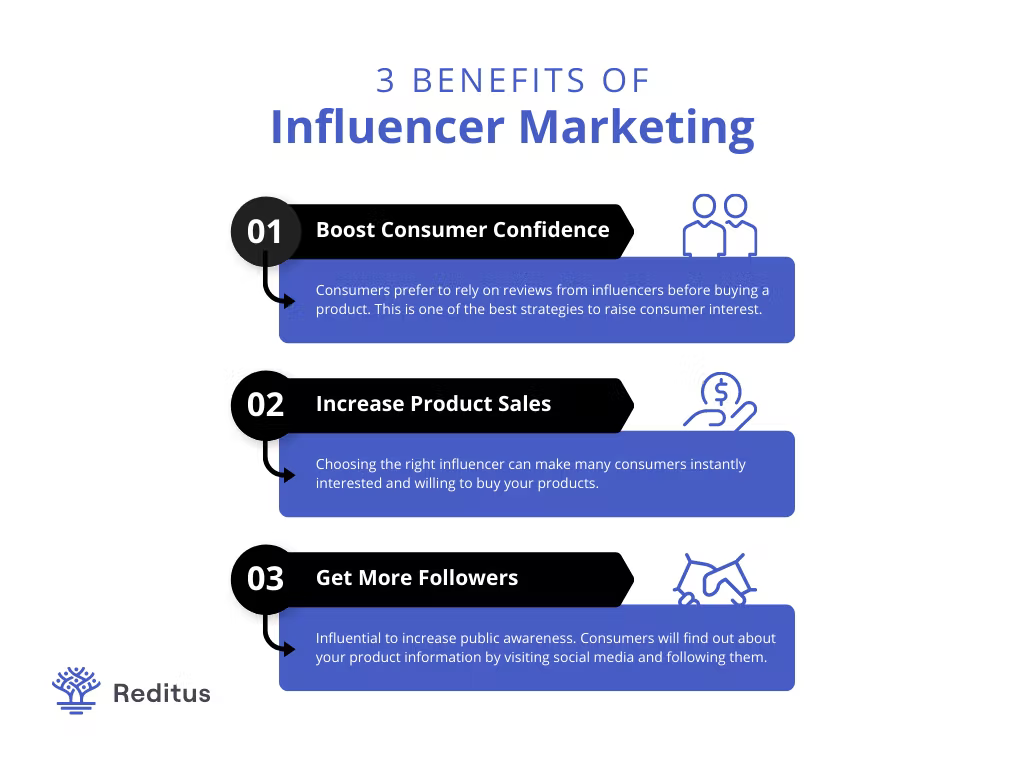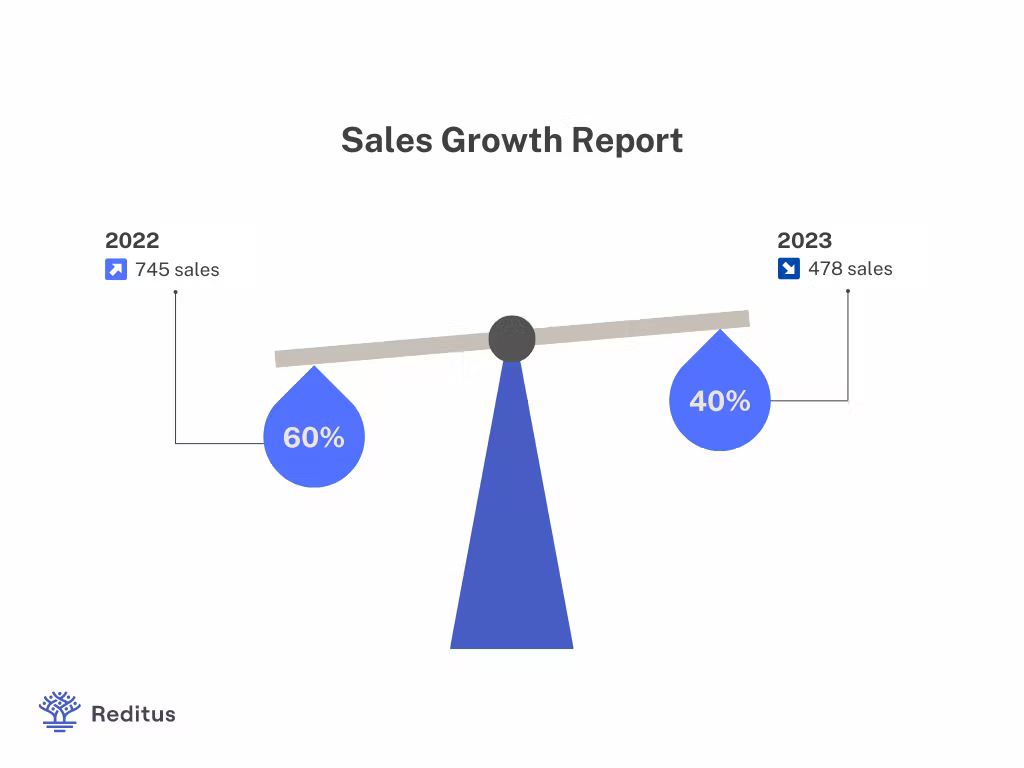How To Build Brand Loyalty Across Generations: A Simple Guide for SaaS Brands

Four generations currently make up the U.S. population.
For that reason, you must strategize to reach a multigenerational audience. (This could also counts for other countries; we do take the U.S. as an example here)
How?
Here are ten strategies you can use to build brand loyalty across generations:
Table of contents
- 1. Understand the Differences Between Generations
- 2. Identify Commonalities and Shared Experiences
- 3. Utilize Influencers Across Generations
- 4. Use Multiple Communication Channels
- 5. Focus on Experiences Rather Than Products
- 6. Monitor Metrics to Track Engagement
- 7. Offer Custom Support and Services
- 8. Stay Current With Generational Trends
- 9. Make Sure Your Content Is Accessible
- 10. Use Generational Data To Inform Your Marketing
- Conclusion
1. Understand the Differences Between Generations
Each generation has different values and media consumption habits.
- How they communicate
- The types of products they want
- How they interact with brands
Instead of lumping them all together, understand the nuances between each generation.
For instance, Gen Z is more likely to be influenced by their peers. At the same time, millennials are more concerned with authenticity and values.

Consolidate this data to create a marketing strategy that resonates with each group.
For example, you could create posts that appeal to Gen Z by featuring celebrity influence while targeting millennials with content about family values and sustainability.
Of course, you must be mindful of each group's language preferences and cultural nuances. For example, Gen X may prefer subtle humor and nostalgic content, while Gen Y might be more responsive to edgy campaigns.
Try out different strategies and see what works best for each.
2. Identify Commonalities and Shared Experiences
Each generation may have different values and cultures, but they also share commonalities.
For instance, all generations appreciate convenience, quality, and value.
Find these shared experiences and use them to create content that appeals to multiple generations.
For example, a project management platform could create a campaign that speaks to the convenience of managing projects online while highlighting quality products and offering discounts.
This campaign could feature relatable characters of all ages.
By finding shared experiences, you can create content that resonates with multiple generations.
3. Utilize Influencers Across Generations
Influencer marketing is one of the most effective strategies for increasing brand visibility and loyalty.

Find influencers that span multiple generations to reach a wider audience.
Create a matrix outlining the key influencers and their preferred platforms so that you can tailor content to each generation.
For example, suppose you're launching a knowledge management software. In that case, you could use Gen Z and Millennials influencers to showcase the different use cases of the product (e.g., students and teachers).
You can then use Gen X and Baby Boomers to share stories about their learning experiences.
This way, you can create content with various perspectives that resonate with all generations.
4. Use Multiple Communication Channels
Generations have different preferences when it comes to communication.
Some prefer email, while others prefer text or social media.
Create a comprehensive strategy that considers each generation's communication preferences.
For instance, send emails to Gen X, text messages to Gen Y, and social media to Gen Z. You could also use print and radio advertisements for Baby Boomers.
By utilizing a variety of channels, you'll have more chances to connect with each generation.
5. Focus on Experiences Rather Than Products
There's one thing that all generations have in common: they want experiences, not just products.
Instead of focusing on the features and benefits of your product or service, create memorable experiences for your customers. This could involve creating interactive events, providing personalized services, and offering discounts when they refer friends and family.
By providing experiences, you can ensure that all generations engage with your brand meaningfully.
6. Monitor Metrics to Track Engagement
It's essential to track your success with each generation.
Monitor website visits, social media engagement, email open rates, and conversions.
This will give you a better understanding of how each generation engages with your content, so you can make the necessary adjustments.
For example, if Gen Y isn't responding to your emails, try using more emojis and GIFs in your messages.
If Gen X isn't engaging with your social media posts, look for ways to make the content more nostalgic.
If GenZers aren't responding to your ads, look for ways to make them more humorous and edgy.
By staying on top of these metrics, you can create content that resonates with each generation.
7. Offer Custom Support and Services
Generations have different needs and expectations when it comes to customer service.
Create a range of customer support options tailored to each generation.
For example, provide:
- Phone and email support for Gen Xers.
- Chatbot-driven online help for Millennials.
- Live video assistance for Generation Z.
You could also offer discounts and rewards for loyal customers or provide a unique help desk specifically for Baby Boomers. Of course, it's essential to offer support that is consistent across generations, as well.
You can ensure that each generation feels valued and appreciated by offering custom support and services.
8. Stay Current With Generational Trends
It's important to stay current on generational trends.
Keep an eye out for new technology, social media platforms, and pop culture trends relevant to each generation. These insights can help you create content that resonates with each group and inform your product and service offerings.
For instance, if you know that Gen Y loves video content, you could create a series of tutorial videos for your product.
If Gen X is interested in nostalgic experiences, you could organize a retro-themed event.
Or, if Gen Z loves Instagram, you could create an influencer campaign.
The point is to stay informed and use generational trends to your advantage.
9. Make Sure Your Content Is Accessible
Accessibility is essential for all generations, especially Baby Boomers, who may have difficulty using newer technologies.
Make sure your website and content are easy to navigate, so everyone can quickly and easily find what they're looking for quickly and easily.
Consider adding larger font sizes and contrasting colors to improve readability or providing audio versions of text-heavy content. You should also provide alternative forms of access, such as phone numbers and email addresses.
By making your content accessible to all generations, you can ensure everyone can engage with your brand.
10. Use Generational Data To Inform Your Marketing
Lastly, use generational data to inform your marketing.
Gather information on what each generation responds to, and tailor your content accordingly.

For instance, if Gen Y prefers short videos, ensure your content is punchy and to the point. Or if Gen Xers are reading more books, create a book club for your product or service.
These are simple examples, of course, but the idea is to use generational data to create content and campaigns that resonate with each group.
By understanding and responding to the needs of each generation, you can make sure that your SaaS brand has a lasting impact on all of them.
Conclusion
When creating content for multiple generations, it's essential to focus on shared experiences, use influencers across generations, utilize a variety of communication channels, and focus on experiences rather than products.
It's also essential to monitor metrics to track engagement so that you can adjust your strategy as needed.
By following these steps, you'll be able to create content that resonates with each generation.

